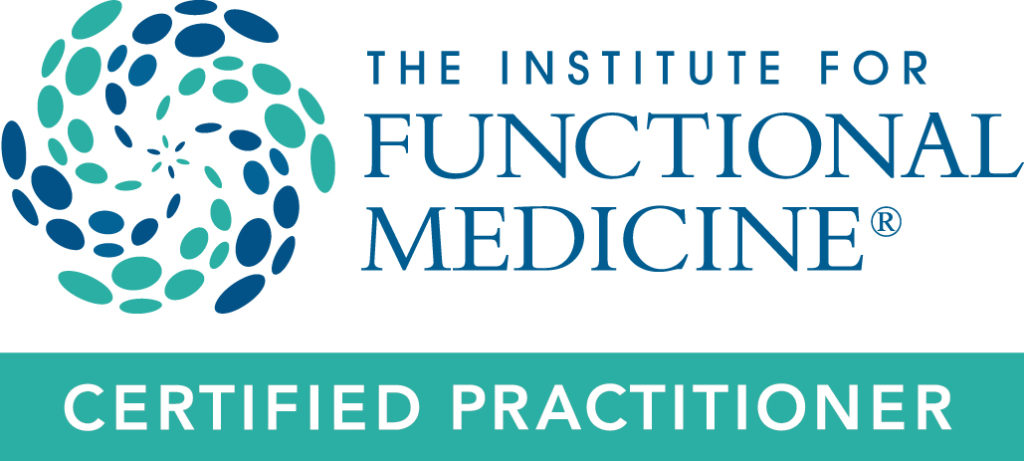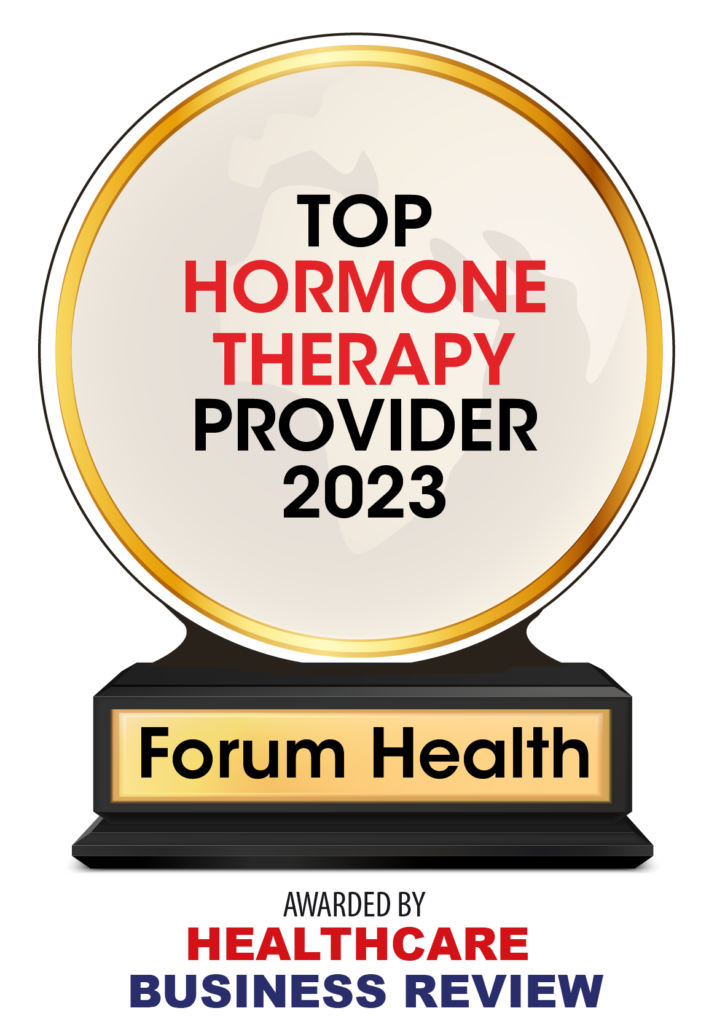By John L. Wilson, Jr., M.D.
After noting that virtually 100% of his patients with asthma had exquisite tenderness when he palpated (applied pressure to) their infraspinatus muscle [a muscle which attaches to the shoulder blade (scapulae) and is located on the upper back near the shoulder], the curiosity of a physician from Louisiana, Harry Philibert, M.D., resulted in discovering a particularly significant tool in the treatment of asthma and other acute or chronic respiratory ailments. Dr. Philibert has since taught his technique to hundreds of physicians across the nation.
These early observations eventually resulted in determining that the infraspinatus muscle is the location of a special autonomic nerve center which is very significant in respiratory health. The autonomic nervous system regulates body functions that are not under our conscious control or on “auto-pilot”, such as breathing, heart rate, perspiration, dilation or constriction of blood vessels, etc.
Once this nerve center called the Infraspinatus Respiratory Reflex (IRR) becomes irritated, it can become a broadcasting station of sorts, sending distress signals to the paraspinal autonomic ganglia (those autonomic nerves that rundown our spine parallel to the spinal cord). When these signals are received, the result is tightness or spasm of the muscles that regulate air flow in our lungs, resulting in chest tightness, wheezing, coughing, difficulty breathing, etc. Many existing pharmaceutical drug therapies for asthma address the resulting constriction of airways, but stop short of addressing this underlying source of irritation of the autonomic nervous system in the IRR.
If a tender or irritated IRR can be associated with respiratory problems then, theoretically, reducing that irritation could ease the resulting respiratory symptoms. Reduction of IRR irritation is accomplished by the safe and simple injection of the IRR with Lidocaine, a local anesthetic commonly used by dentists and physicians. The duration of the local anesthetic is twenty minutes or so, yet the effects on the autonomic nervous system can last for many months, so the benefits are apparently more than just the pharmacological effect of the local anesthetic. The effect is as if the autonomic nervous system had been reset.
Clinical studies on the effects of IRR injections on a series of over 4,000 asthmatic patients over the course of many years, resulted in substantial improvement of symptoms in approximately 85% of asthmatic patients, in addition to improvement of commonly occurring associated shoulder pain. Approximately half of those patients reported themselves “cured” after a series of injections, stating that they didn’t have symptoms of asthma and didn’t require any medicine.
Although initial speculation was that cigarette smoke exposure resulted in irritation of the IRR, we now suspect that some metabolic conditions and other environmental incitants including chlorine and other chemicals, inhalant allergens including mold, food, food additives, etc. can also result in IRR irritation. It only makes sense to reduce exposure to any identified contributing factors.
Although some patients may experience significant benefit from a single IRR injection, a series of four to eight injections given over a period of many months is more typically administered to produce and/or maintain benefits. The injections are repeated while the infraspinatus muscle is sore upon palpation by the physician, and are stopped when tenderness to palpation is no longer present.
IRR injections are an important tool in the treatment of asthma and the other chronic or acute respiratory conditions including pneumonia, bronchitis, emphysema, chronic cough, as well as some cases of shoulder and neck pain. We have found the injections to be helpful to the majority of patients who have received them as part of a comprehensive treatment plan including environmental controls.








